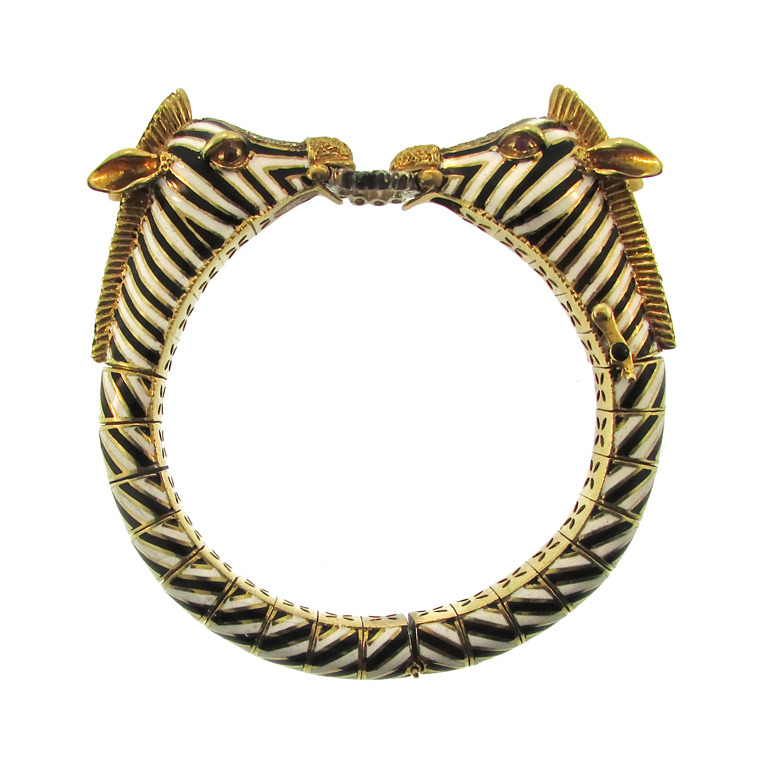furniture provides physical evidence of A way of life...
This English Regency "corrections" chair (c.1815) is a great example. Made of mahogany with a fashionable lyre-back splat, this chair is like any high-end upper-middle class dining chair. However, upon closer inspection one can detect evidence that this chair served a different purpose.
First, its size indicates that it was made for a child. Second, the high seat was likely intended to keep the child from jumping down easily. Third, the sharply vertical back would ensure that the child's posture would be ram-rod straight. The final piece of evidence is the chair's high-quality. It was made of a costly, luxury wood and carved with detail and skill. So what can this chair tell us about the person who used it in the early 19th century?
Well, its high quality indicates that it was not a piece of furniture made to be hidden away in the nursery. It was probably used in a more formal setting (i.e. dining or sitting room) and serve as a sort of 'child-display' (I just made that up); a spot where one's child can be presented, sit quietly (trapped at high altitudes) and display impeccable posture. So what have we learned about the English Regency household from this simple chair? Proper posture and good behavior was highly valued in children in the Early 19th century, and that it must be taught through conditioning and "correction" and that was worth the investment.
Can you really put a price tag on good posture?












































































































